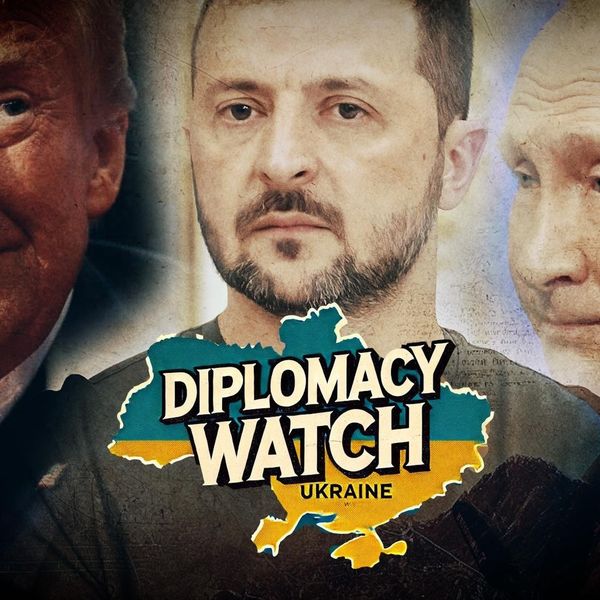One positive accomplishment to come out of Secretary of State Antony Blinken’s two-day visit to China is that Washington and Beijing managed to have rational, forward-looking conversations about their relationship.
In many previous high-level bilateral meetings, finger-pointing and blame games were often allowed to dominate the scene, leaving no room for any genuine, constructive discussions. This time, that wasn’t the case.
During his trip, Secretary Blinken had meetings with senior Chinese officials Qin Gang and Wang Yi, and an unscheduled meeting with Chinese President Xi Jinping.
As reiterated by media reports and comments by U.S. officials beforehand, the purpose of the trip was primarily about tension management and maintaining high-level communications. It was about beginning a process, with many iterations, to create a more stable and durable bilateral relationship that can address key areas of concern and strengthen cooperation between the United States and China.
Unlike many past meetings, both sides made sure to pay a good deal of attention to where they could agree and make progress and prevented criticisms from dominating their interactions. Described by both governments as “candid, constructive, and substantive,” the exchanges created positive momentum for Washington and Beijing to expand engagement, explore areas of cooperation, and put their relationship on a more stable footing.
According to reports, Washington and Beijing reaffirmed a range of interests they share and their mutual desire to work together to produce positive results. Both sides recognized their responsibility in managing the relationship; the importance of cooperation on key issues such as climate change, public health, food security, counter-narcotics, and macroeconomic stability; and their desire to avoid severe political-military crises or conflicts over Taiwan.
The meetings may have fallen short of introducing a detailed agenda for cooperation, but the two sides agreed to maintain active high-level communications and exchanges in order to continue their search for actionable items.
Nevertheless, putting the words into action will be quite challenging for the two governments, as the gap between rhetoric and reality remains very wide.
Each side still has a strong tendency to blame the other for the sorry state of the relationship, and neither seems to clearly recognize that both need to accommodate one another in the search for a middle ground on many issues, such as trade, tech, and achieving a genuine military balance in Asia. And most importantly, neither appears to recognize the need for more credible reassurances to one another regarding Taiwan beyond the usual, rote repetition of fealty to the One China Policy (for the U.S.) and peaceful unification (for China).
The hypocrisy is evident on both sides. Blinken has said that the U.S. does not seek to contain China’s economic growth. Yet the U.S. is taking broad actions to limit China’s growth as a high-tech nation, targeting far more areas than merely the “narrow range” of tech involving specific military applications and domestic repression that Blinken identified in his remarks.
Washington is also maintaining tariffs and sanctions on Chinese institutions, products, and officials, countering Chinese lending for infrastructure construction, actively opposing the Belt and Road Initiative (BRI), blocking Chinese undersea cable construction and connectivity, and urging other countries to limit their trade and investment with China.
Moreover, Washington continues to take actions that could erode its One China Policy in various ways, by allowing ever-closer political and diplomatic contacts that dilute the unofficiality of the U.S.-Taiwan relationship while discouraging other countries from shifting diplomatic recognition from Taiwan to China.
And, finally, in all this, the loudest Republican voices in Congress serve as a major obstacle to bringing the Biden administration’s positive rhetoric more in line with reality, attacking the administration’s slightest effort at dialogue (never mind negotiation) as something akin to traitorous behavior.
Unfortunately, the administration does little if anything to push back against such extremism with more positive messaging directed at both Congress and the public, thus encouraging more such irresponsible behavior by some in Congress.
On the Chinese side, during the Blinken trip, Chinese officials said they do not want “competition” to define the relationship, support win-win outcomes, and want a stable, constructive set of interactions with Washington.
And yet Beijing continues to: interfere with and, in some cases, suppress U.S. and foreign businesses operating in China via heightened controls; heavily employ cyber espionage to obtain trade and tech secrets in commercial areas; rely heavily on military deterrence signaling over reassurances in the Taiwan Strait; apply heavy-handed economic punishments on countries when they merely speak ill of China or undertake actions viewed as insulting by the Chinese; and act as if China has a claim over resource development across most of the South China Sea. Beijing merely points to what Washington must do to improve relations but offers no hint of what it is prepared to do to reach that goal, preferring instead to issue the usual platitudes.
In order to close the gap between rhetoric and reality in the relationship, the Blinken trip must produce a sustained series of subsequent meetings, on both the strategic level and the functional level, dedicated to identifying and then acting on the sort of changes required by both sides to create a durable and genuinely constructive pattern of peaceful coexistence. This will require far more than small, incremental improvements in a few specific areas.
Initially, the two sides can start relatively small, improving people-to-people contacts, the visa process, student exchanges, and the reopening of consulates. But sooner than later, they will need to engage substantially in reducing misperceptions and improving crisis management, especially regarding Taiwan, but also in other areas, especially trade and finance.
Concerning Taiwan, both sides must agree as soon as possible on actions each should take to lower tensions and revitalize their original bilateral understating regarding One China and peaceful unification.
None of this will be easy, with many areas still to be charted out internally on both sides before substantive talks can begin. But through the overall positive messaging seen on both sides, the Blinken trip just might constitute a first step in the right direction.















